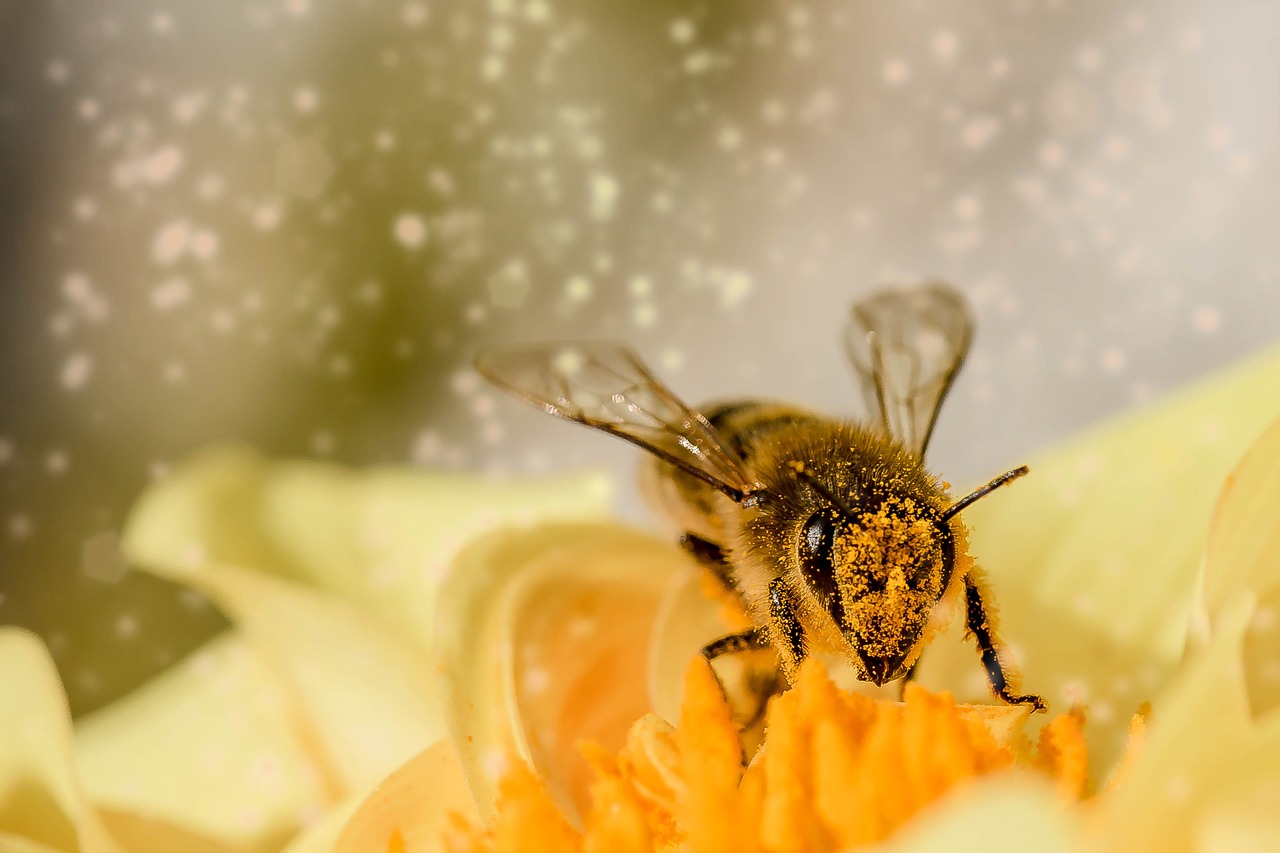JUNE 18 – 24 HAS BEEN DESIGNATED AS THE WEEK TO CELEBRATE OUR POLLINATORS.
In my blog last week I mentioned that June is PERENNIAL PLANTING MONTH. Now, let’s take June to a higher level and think about what perennials are blooming right now, what perennials are considered native plants, and what perennials are considered pollinator plants that we can plant to support and attract a whole host of “beneficial” pollinators.
TO SUPPORT OUR POLLINATORS AND NATIONAL POLLINATOR WEEK, THE GREAT BIG GREENHOUSE IS HOSTING AN EVENT THIS COMING SUNDAY, JUNE 24, FROM NOON TO 4:00. LOCAL BEEKEEPERS WILL BE HERE WITH OBSERVATION HIVES, HONEY TASTING, BEEKEEPER’S GEAR, AND MORE. LEARN HOW TO BECOME A BEEKEEPER AND HOW TO PLANT A POLLINATOR’S GARDEN.
This is an event that you don’t want to miss. Let’s bring all our kids to this event so they can begin to learn and appreciate the value of our pollinators.
The Great Big Greenhouse has a great selection of plants to attract our wonderful pollinators to our gardens. We have active butterflies, hummingbirds, and busy bees already flying around the blooming perennials that we have in stock. It’s especially entertaining to watch the bees gather large globs of pollen on the legs while visiting all these plants.
The easiest way to attract pollinators and other beneficials to your garden is to have a wide assortment of flowering trees, shrubs, perennials and annuals that are in bloom throughout the growing season.
All of our resident bee species will happily visit just about anything with a flower. Right now in our nursery, they are very busy working over the coreopsis, nepeta, lavender, and more. I love taking time to stop and marvel at their busy work.
Planting herbs in a garden have a two-fold benefit. What is better than being able to pick and use fresh herbs in recipes and cooking. In addition, bees love our herbs, especially lavender, rosemary, dill, thyme, and others.
Here are some bee tidbits:
- It takes 2,000 bees their lifetimes and 2 million visits to flowers to make one pound of honey.
- Bees can fly as fast as 15 miles per hour, as far as 3 to 5 miles from the hive, and visit 50 to 100 flowers in each collection trip.
- There is only one queen in each hive, she can live several years and lay up to 1,000 to 1,500 eggs per day.
- There are about 500 drones (male bees), which live about 6 weeks and sole purpose is to mate with other queens.
Again, come and see us this Sunday, June 24, and help us CELEBRATE OUR POLLINATORS!!!!!!!
IT’S FREE TO ATTEND!!!!
HAPPY “POLLINATOR” GARDENING !!!!!!

